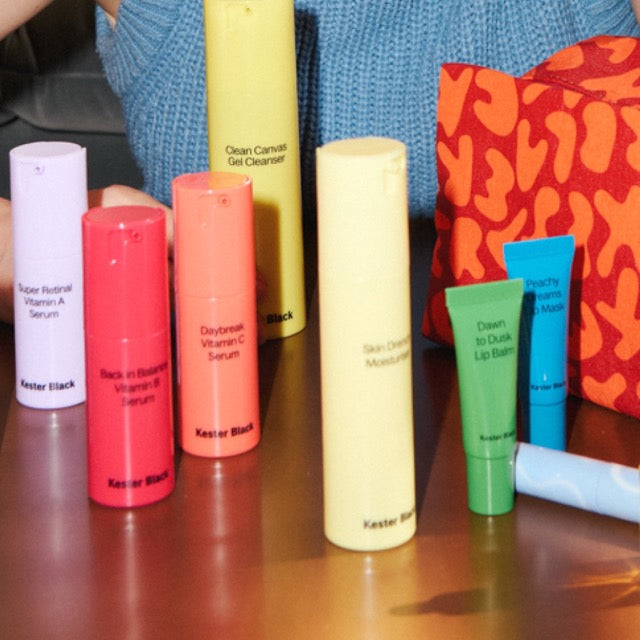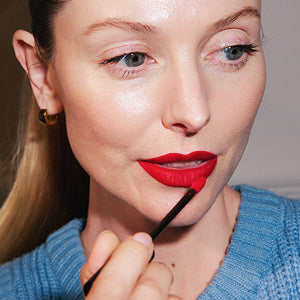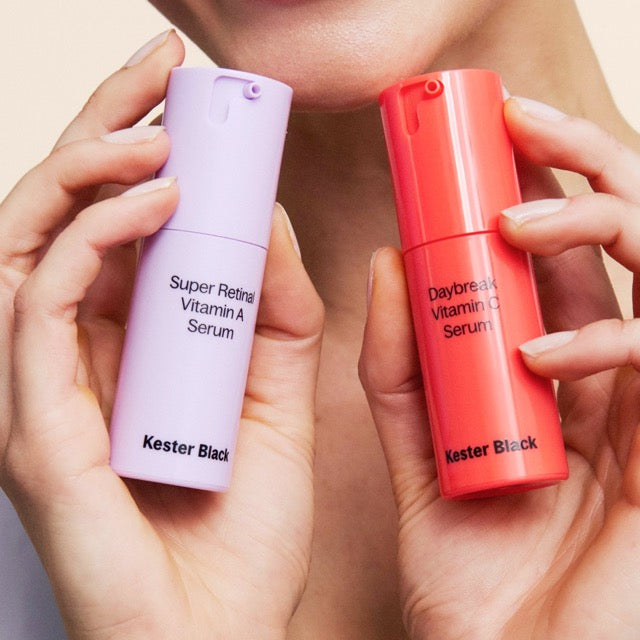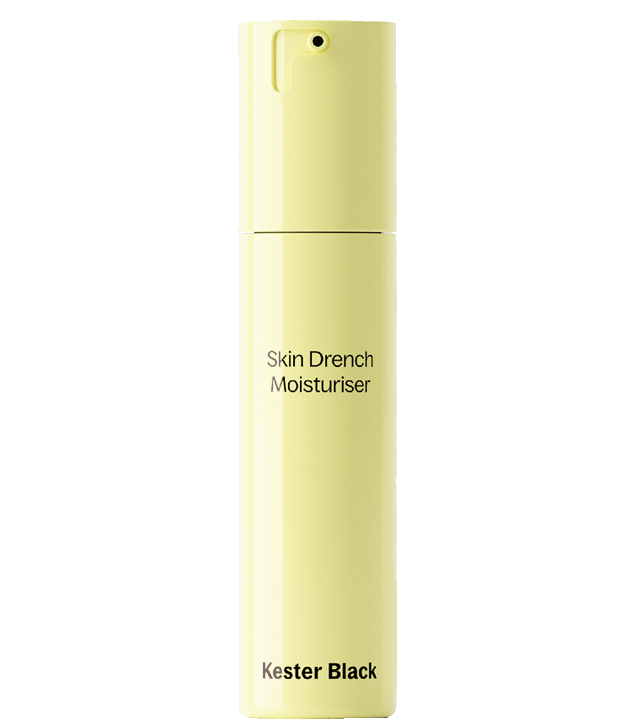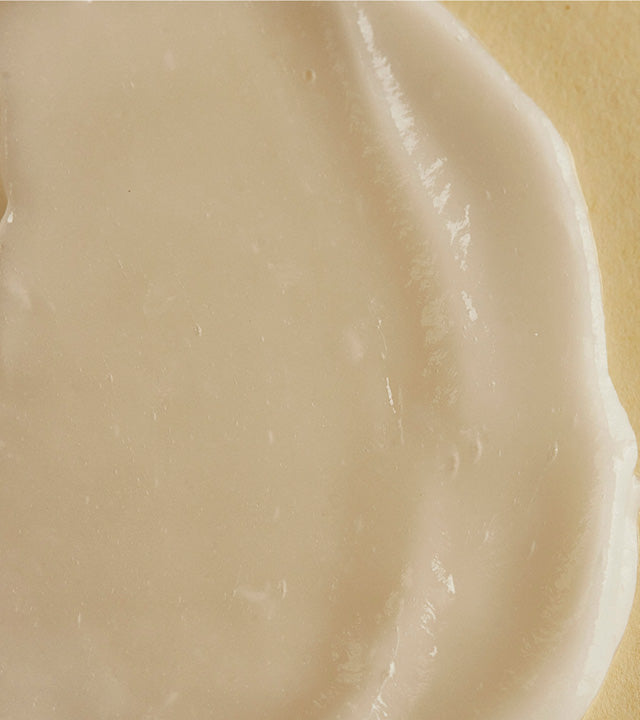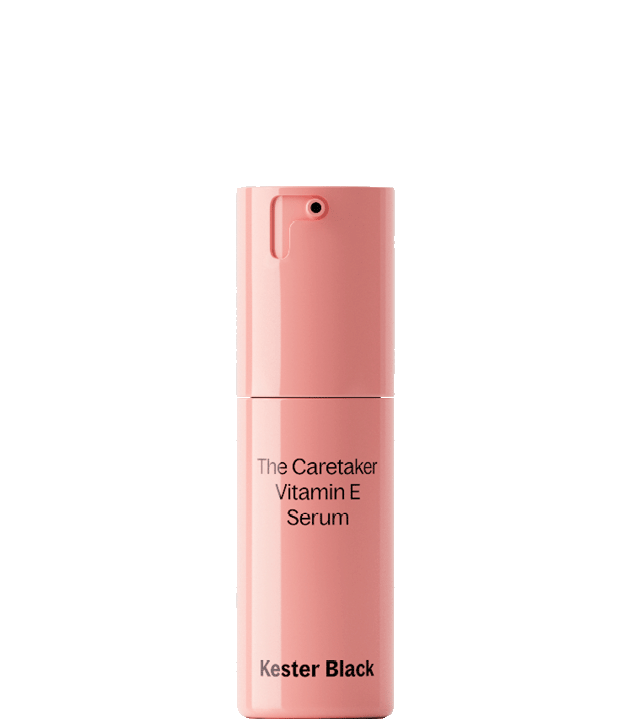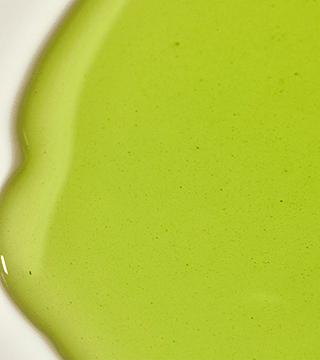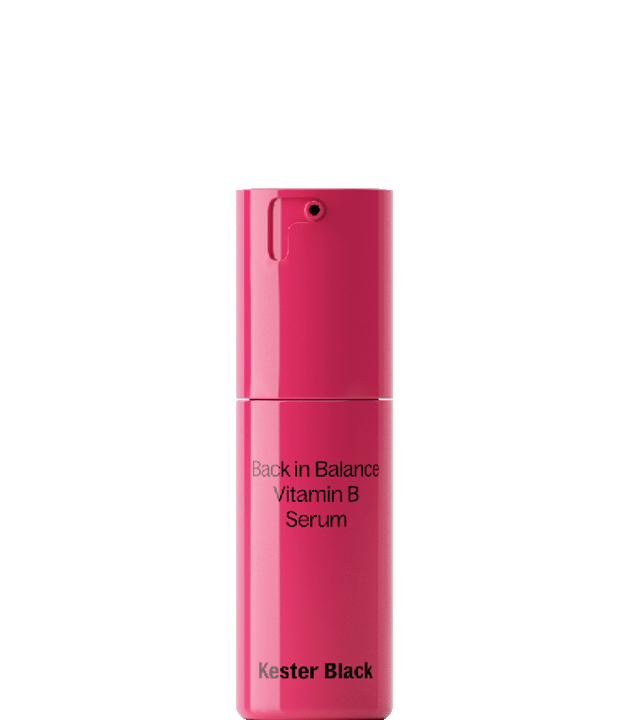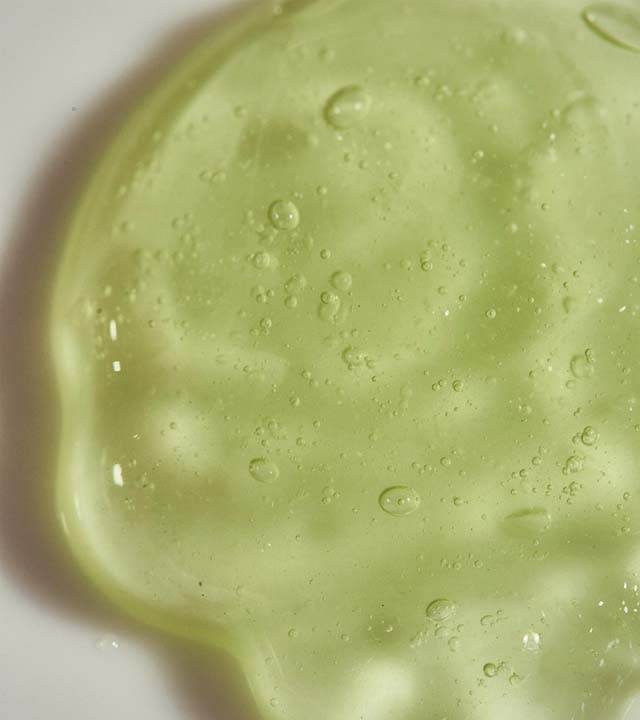Dry vs dehydrated skin: what’s the difference?
24 April 2024 – 3 min read
Just like jandals and thongs or chilly bin and esky, “dry” and “dehydrated” are terms that are often used interchangeably. But when it comes to skincare, dry and dehydrated are most definitely not the same thing.
Here’s how you can spot the difference between dry and dehydrated skin.
What is dry skin?
Unlike dehydrated skin (which we'll get to in a sec), dry skin lacks oil. It’s not a temporary condition, but a skin type that tends to be more permanent, just like sensitive, combination or oily skin. It’s affected by your biochemical makeup, diet, lifestyle, hormones and genetics (which explains why your skin type can change as you age).
How do I treat dry skin?
Look after dry skin by including oil-rich skincare in your routine, and steering clear of anything stripping or harsh. Think:
- A calming oil-based serum like The Caretaker to make up for the oils that dry skin fails to make itself.
- A nourishing moisturiser like Skin Drench that locks in moisture.
- Pro tip: add a pump of The Caretaker Vitamin E Serum to Skin Drench for a richer evening moisturiser and to reduce transepidermal water loss.
What is dehydrated skin?
Dehydrated skin is a condition, which means it’s caused by a whole range of external factors from a change in seasons, harsh temperatures, hot showers, over-exfoliation, stress and sun damage to lack of sleep.
Rather than lacking oil, dehydrated skin lacks water, which is vital in making it look plump and healthy. In fact, even oily and combination skin types can become dehydrated. Dehydrated skin feels tight, flaky and parched, lacking in suppleness and elasticity, which can lead to wrinkles. Remember, it’s possible to experience the double-whammy of dry and dehydrated skin.
How do I treat dehydrated skin?
While dry skin wants oil, dehydrated skin wants water. First, nix whatever factors might be causing dehydration: steamy showers, harsh face scrubs, alcohol-based toners and stripping cleansers.
Instead, drink plenty of water, seek out a hydrating treatment (hello, Back in Balance Vitamin B Serum) and apply a niacinamide-boosted moisturiser like Skin Drench to damp skin. Packed with so many skin-loving, barrier-building ingredients (like snow mushroom extract, ceramides, squalane, hyaluronic acid, peptides and niacinamide), it works to penetrate deeply in your skin to deliver, lock in and maintain hydration while supporting your barrier function. Translation? Soft, plump and strong skin.
Shop Skin Drench Moisturiser
Key takeaways
- In short, dehydrated skin lacks water and dry skin lacks oil. Healthy skin needs both hydration (water) and moisture (oil).
- Use water based ingredients to hydrate the cells first, followed by oil based products to keep those ingredients from evaporating while also supporting your skin barrier.
- Or look for a moisturiser that does both, like Skin Drench!
- Even oily skin types will benefit from facial oil; they’ll work to moisturise the skin, which in turn regulates the oil your skin is producing.
- Don't skip moisturiser if you have oily or combination skin.
Keen to learn more?
Take a deep dive into the best at-home anti-ageing skincare routine and read up on the difference between retinal and retinol.
